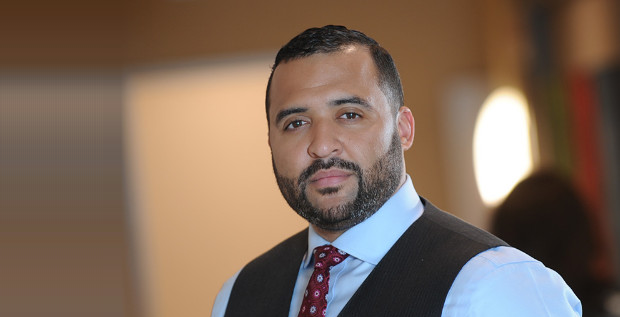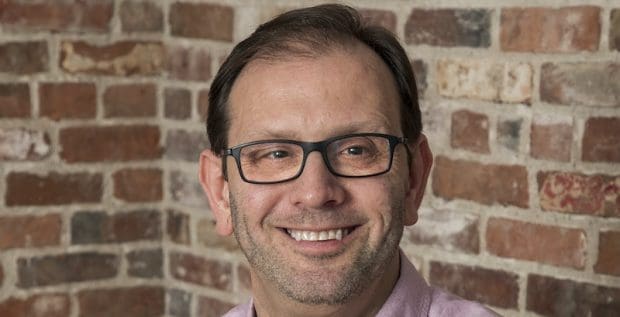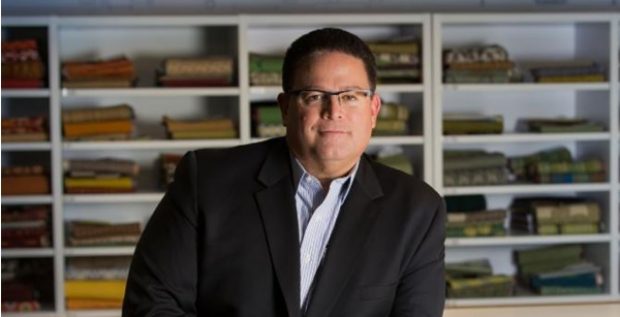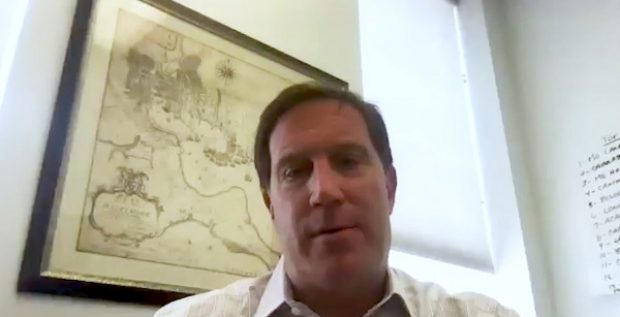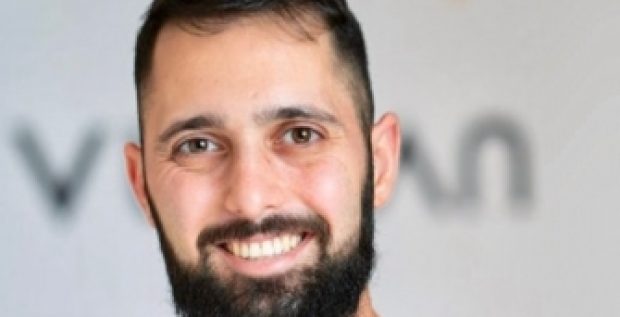Yuval Boger is the CEO of Sensics. A recognized leader in industries such as aerospace and education, Sensics has been developing head-mounted, panoramic virtual reality (VR) displays for nearly 20 years. Yuval joined the company in 2006, helping to bring its initial commercial product—the piSight—to market. The company’s collaborators, partners, and customers include giants such as GM, Boeing, Microsoft, Canon, Siemens, Saab, Honda, and NASA, as well as various academic institutions around the world. Sensics is based in Columbia, Maryland.
Yuval Boger spoke with citybizlist founder Edwin Warfield for this interview.
EDWIN WARFIELD: What is the core focus at Sensics?
YUVAL BOGER: Sensics makes virtual reality goggles. We’ve been doing it for many years now, over a decade. It started with professional grade virtual reality—so, virtual reality goggles for military training, for industrial design, for academic research. In the last couple of years, we decided to take our expertise and experience in IP into markets that impact a greater number of people. So, we’ve developed a product to help people with vision disabilities see better, and we’re also doing a large collaboration with Fresnel, a global leader in gaming, and this is a virtual reality goggle for gamers.
Q. How did the company start?
A. Sensics started at Johns Hopkins University. The technology was developed with funding from Honda. Honda wanted to visualize the inside of a car before they built it. When you build a car you make a lot of design decisions—you know, where are the controls located? Is the GPS in the dashboard or in between the seats? Where does the sunroof start and end? It’s very expensive to build a model then say, “Ah, I don’t like it. Let’s do another one.” Since most car makers design on a computer anyway, they wanted to connect the 3D models on the computer into a virtual reality goggle and make you feel like you’re in the cabin. So Honda asked Hopkins to develop a virtual reality goggle unlike any other in terms of super high resolution—so you could feel the grain of the leather in the car, a very wide field of view, because when something immerses you in virtual reality, you feel like you’re there.
The product was successful. Honda designed a few cars with it. I think also the Honda Accord was partially designed with that prototype. The two founders of Sensics spun out off Hopkins, licensed the technology and started Sensics, and fairly quickly were able to secure a Phase 1 and then Phase 2 OSVR grant from NASA to work on a project called the Robonaut—or Robotic Astronaut. The thought is that you have a robot in outer space and a human operator that’s in a safer place manipulating the arms of the robot, but still being able to see in 3D what the robot sees. So, you make the right movements and don’t accidentally knock something out into outer space.
Q. Where do you see the future of VR going from her?
A. There’s never been a shortage of things that people wanted to do with virtual reality, whether it’s gaming or architecture, pain management or tourism, or just media viewing and what have you. The problem, historically, has been that the components to build the goggle were expensive. What has happened in recent years is that, because of the smartphone technologies, you got screens that are really good: you’ve got inertia sensors, gyros, and others that are becoming inexpensive and so it became possible to build good—or good enough goggles for hundreds of dollars instead of tens or hundreds of thousands. When you can get a product to the $300–400 price range, all of a sudden the market kind of explodes. So I think—I like to hope—that we’re finally there, and that we’re seeing the start of a really big wave of virtual reality.
Connect with Yuval on LinkedIn







